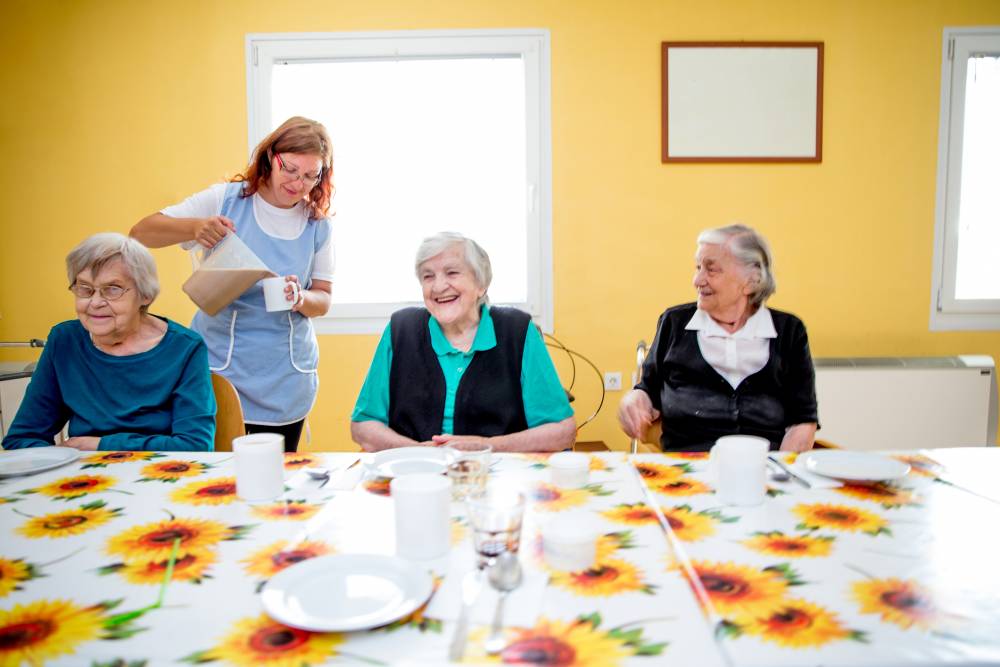
An aged care home exposed for poor care and elder abuse has turned it operations around in only a few years, to the extent that recently it has been the recipient of care and leadership awards.
Panorama’s undercover investigation of an aged care home in Essex, UK, revealed poor levels of care and resident abuse in a programme that was aired in 2014. The programme broadcast shocking footage, including film of staff hitting and harassing residents.
Three workers were jailed as a consequence of the programme’s revelations.
The home, called The New Deanery, had been bought by Sonnet Care Homes in 2013, in the middle of the Panorama investigation, and the new owners went into improvement mode immediately after evidence of the abuse was aired.
One of the first things management changed was the home’s complicated management structure, which meant there were many layers of management. As a consequence of the cumbersome management structure, staff had been reluctant to report matters to managers.
The home also introduced a staff ratio of one care worker for every four residents, which meant staff were more able to spend quality time with residents.
Sonnet also reduced the number of residents by 50 per cent, and introduced a model of care called KCR – kindness, comfort, and respect.
Sonnet also brought in Judgement Index after the show aired, a questionnaire-based system that identifies workers with the appropriate values and judgement for aged care.
Julia Clinton, CEO of Sonnet Care Homes said, Judgement Index “has made a really positive impact in terms of the suitability of our new recruits”.
She said staff turnover has fallen to below the industry average, which has meant an improvement in staff quality.
New Deanery has been nominated for five care awards and won best leadership and management team in recent years.
Allison Horley, who worked at the New Deanery before the Panorama programme was aired and after, told The Guardian, “We all spend loads of time with the residents, just walking round the garden, just sitting having a chat or tea and coffee.”
“It’s a lovely place to work. I wouldn’t want to work anywhere else.”
In February, The Australian Nursing and Midwifery Federation asked the federal government to introduce staffing ratios for aged care to protect residents.
China, not generally known for its humanitarian policies, has introduced mandatory staff ratios, with one care worker required for every five patients.
Last year, Senator Derryn Hinch introduced the Aged Care Amendment (Ratio of Skilled Staff to Care Recipients) Bill 2017, with the intention of establishing care worker to resident ratios in aged care homes.
“International research suggests that higher Registered Nurse staffing levels, higher total staffing levels and a high skills mix (ratio of Registered Nurses to other nursing staff) are associated with better quality care,” the Bill states.
In 2016, the average ratio of residential direct care workers to operational beds in aged care homes was 0.78.